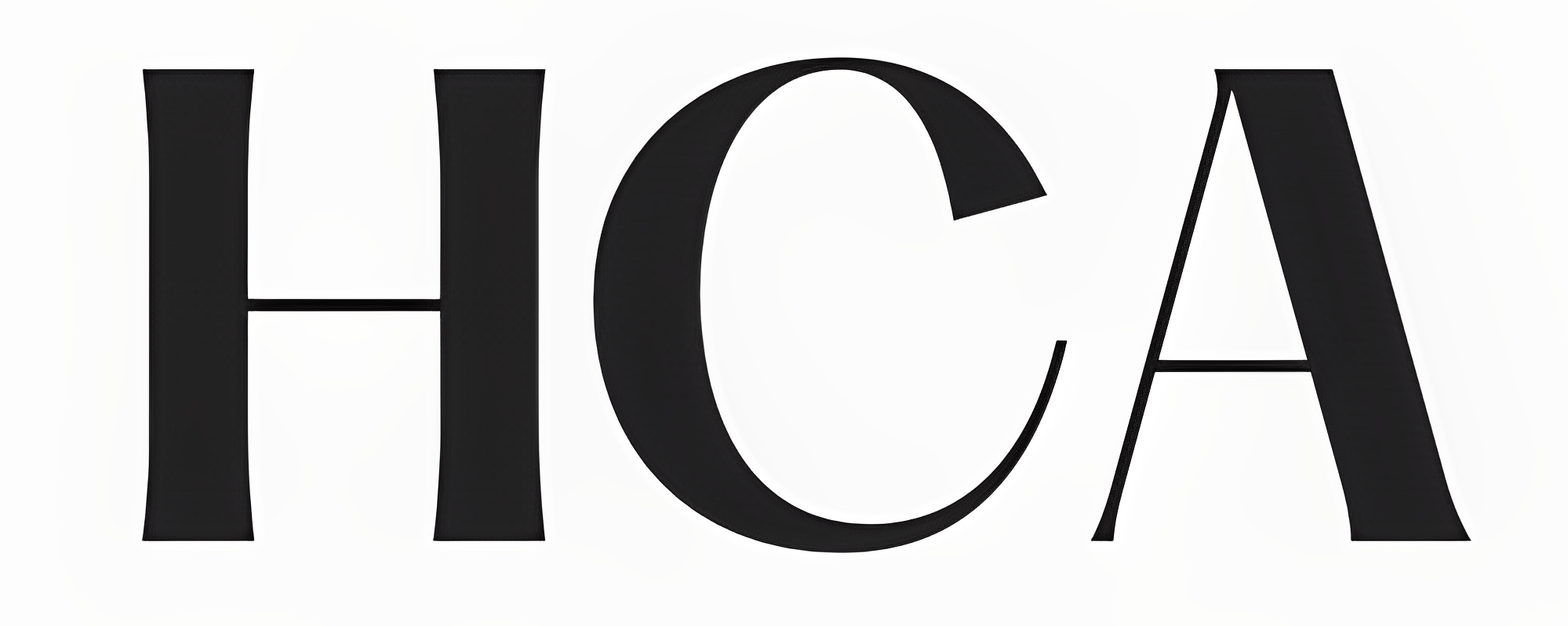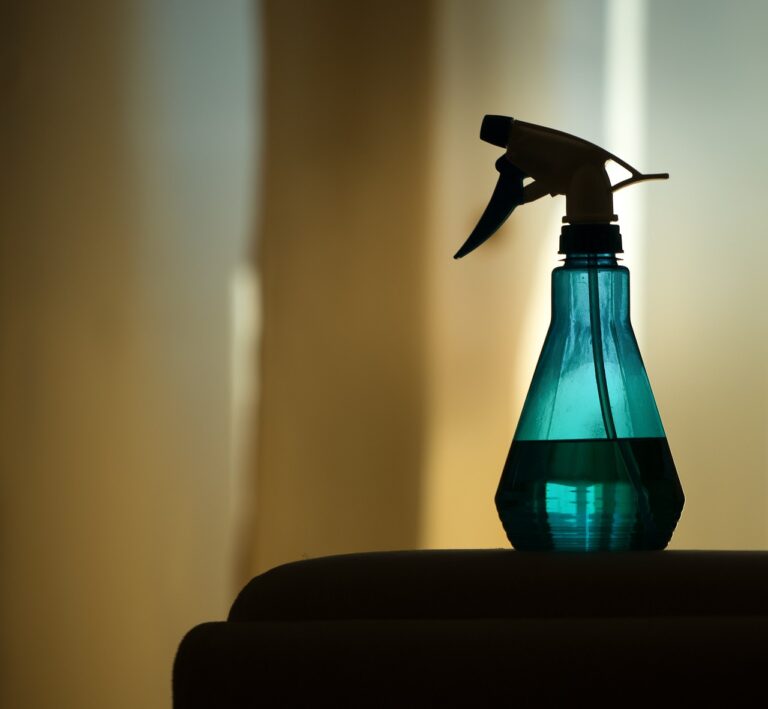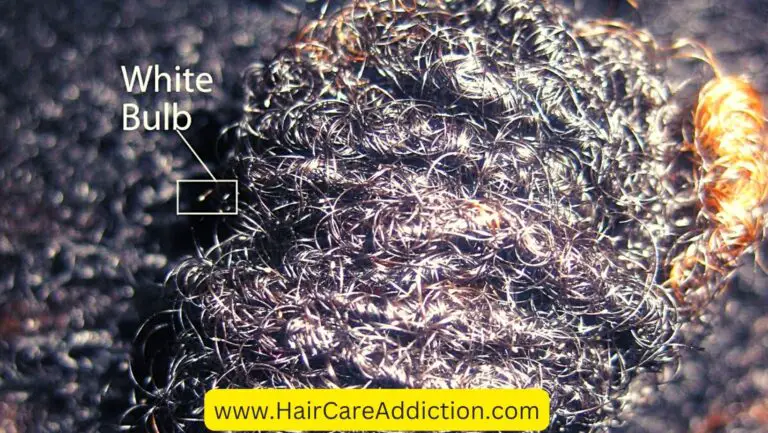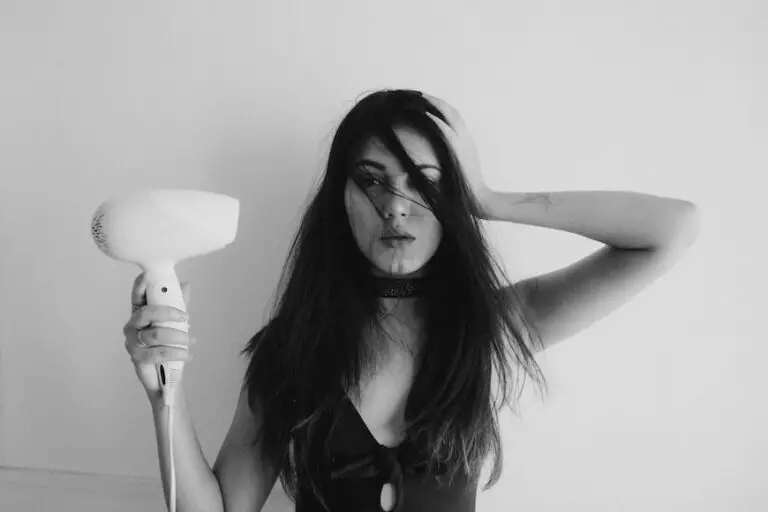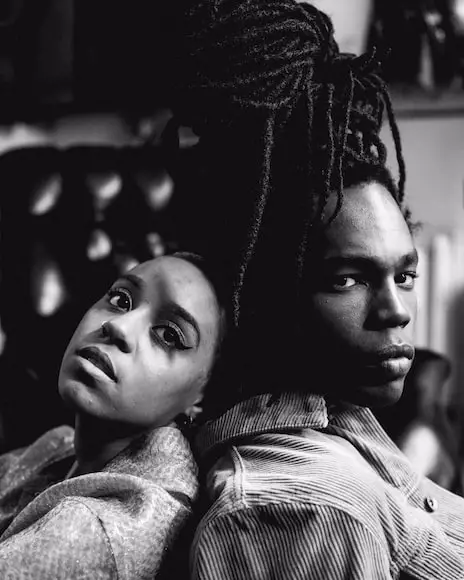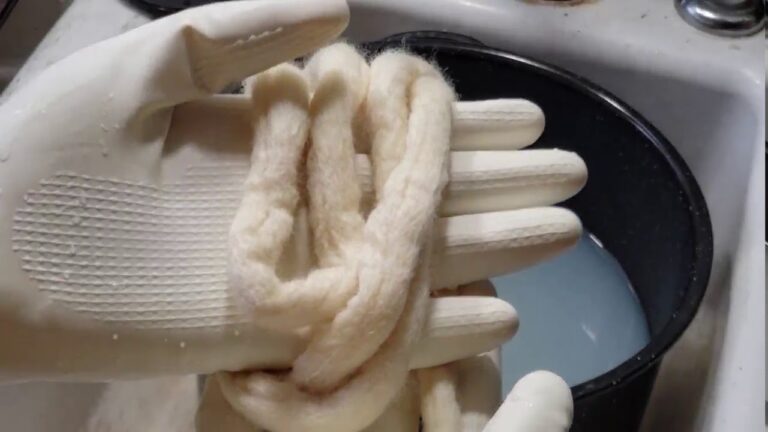Balls At the End of Locs: Reasons, Solutions, and Tips for Healthy Dreadlocks
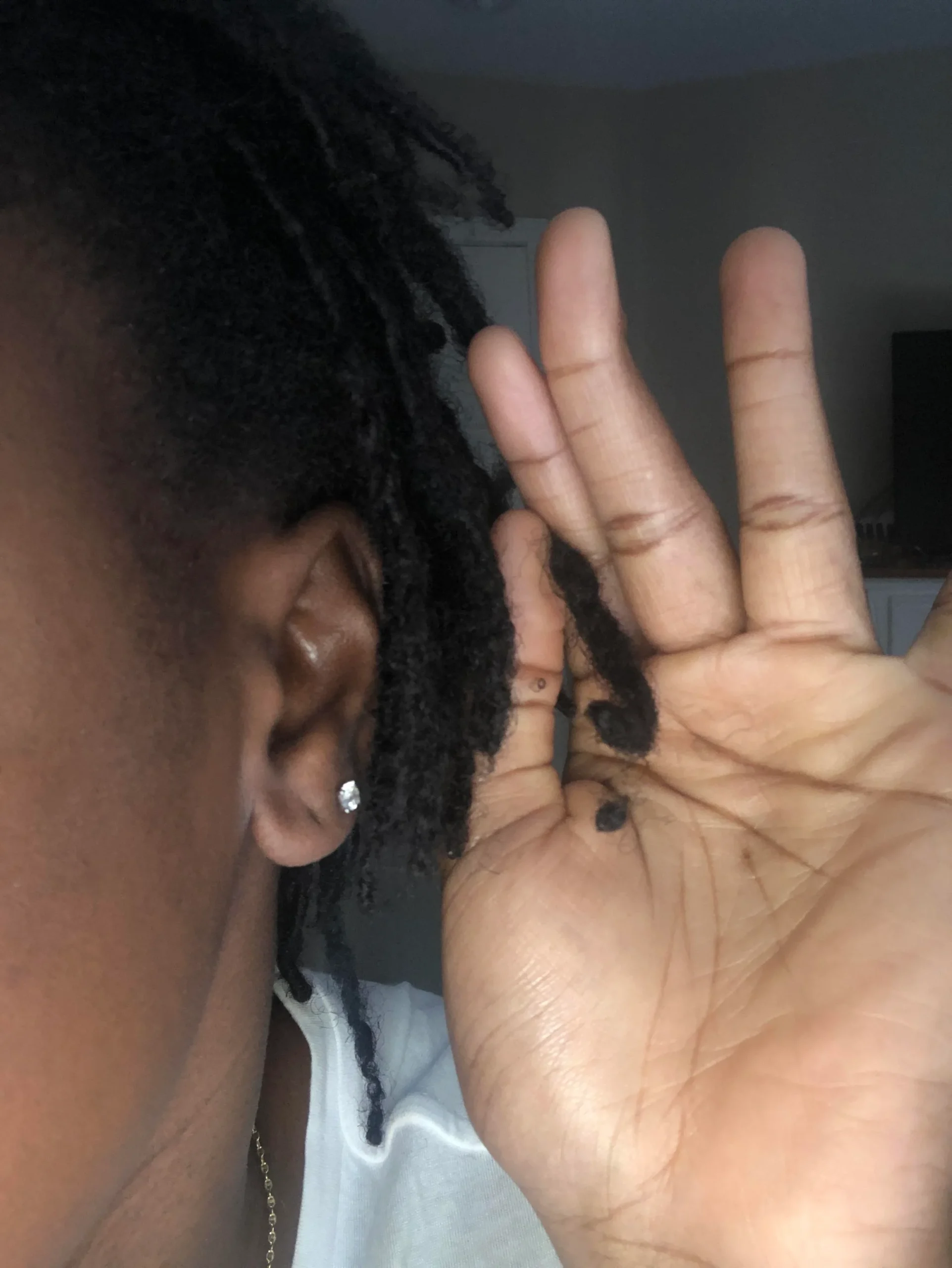
Balls at the end of locs are a common issue that people experience when growing dreadlocks.
This article will explore the reasons behind these round formations, what they mean for your locs, and how to address them.
You’ll also learn about common problems with locs, their solutions, and how to maintain healthy locs.
Balls at the End of Locs: Reasons and Solutions
As mentioned earlier, balls at the end of locs can be a result of hair that has been shed but remains in the locs.
When hair naturally falls out, it can become trapped at the end of the loc and form a ball as it collects more hair over time.
To solve this issue, you can simply cut the end of the bulb hanging from the dreadlocks. This won’t cause any problems, and your locs will still grow healthily.
Another reason for balls at the end of locs is sealing.
During the budding process, you’ll see little balls at the end, which is an indication that your locks have entered the maturation process.
In this case, you should be happy, not stressed out, because it means the end of your loc is sealing and locking.
To maintain this progress, don’t cut the ball; doing so will reverse the sealing process.
Common Problems with Locs and Their Solutions

In addition to balls at the end of locs, there are other common problems that people experience while growing locs.
Here are some of these issues and their solutions:
- Locs dropping: Locs may drop due to the weight of the hair, product buildup, or improper maintenance. To prevent this, ensure you keep your locs clean and use lightweight products. Regularly retwist and palm roll your locs to maintain their structure.
- Ends of dread breaking off: Breakage can occur due to dryness, tension, or manipulation. To avoid this, moisturize your locs regularly with water and natural oils like coconut or jojoba oil. Be gentle when styling or retwisting your locs to prevent putting too much tension on them.
- Curly ends: Some locs may have curly ends due to hair texture or the locking technique used. If you prefer straighter ends, you can trim the curly tips or use a loc tightening gel to help reshape the ends.
Signs of Unhealthy Locs
Knowing the signs of unhealthy locs can help you address any issues before they escalate. Some signs to look out for include:
- Excessive dryness or brittleness
- Thinning or weak spots
- Unpleasant odor
- Persistent itching or scalp irritation
- Slow growth or excessive shedding
If you notice any of these signs, consult a professional loctician for advice and treatment options.
Is Loc Bunching Bad
Loc bunching is a phenomenon experienced by many individuals with locs, and it can sometimes lead to concerns about the health and appearance of one’s locs.
Loc bunching occurs when hair bunches or clumps together, creating a thicker or “fat” end in the loc. This is a natural part of the locking process, indicating that the locking has started. Bunching is not inherently bad; however, it can make locs appear less uniform and may be distressing to some individuals.
Causes of Loc Bunching
Several factors can contribute to loc bunching, including:
- Hair texture and curl pattern
- Size of the loc
- Locking method used (interlocking and two-strand methods typically result in more bunching)
Bunching often occurs when there is a loose end or space within the loc, allowing hair to clump together.
Is Bunching Normal for Locs

Bunching is a normal part of the loc process and is necessary for hair to lock.
The extent of bunching may vary from person to person and can depend on factors such as hair texture, locking method, and loc maintenance routine.
How to Fix Bunching Locs
If you’re experiencing excessive bunching and want to address it, consider the following tips:
- Apply enough pressure while locking your hair to minimize loose ends and spaces within the loc.
- If you have loose curls, wear protective shells to help weigh down and straighten the hair, preventing loose ends and spaces that contribute to bunching.
- Braid your hair during the shampoo process to minimize the loosening of locs, which can lead to bunching.
Difference Between Bunching and Budding Locs
Budding locs are a stage in the locking process where the hair begins to mat and form a more solid structure within the loc.
Bunching, on the other hand, occurs when hair clumps or bunches together, creating a thicker or “fat” end.
While both budding and bunching are normal parts of the loc process, they are distinct phenomena with different implications for the appearance and health of your locs.
Here’s a table comparing the main differences between Bunching and Budding Locs:
| Bunching Locs | Budding Locs | |
|---|---|---|
| Size | Thick, rope-like strands | Very small, tightly woven strands |
| Shape | Round and cylindrical | Square and flat |
| Maintenance | Requires less maintenance | Requires frequent maintenance |
| Overall appearance | Natural-looking | Sleek and refined |
Why are my locs puffy
There are several reasons why your locs might become puffy:
New growth
New growth at the roots can cause your hair to appear puffy.
To manage new growth, separate your locs properly by using your fingers or a comb.
This will prevent your locs from matting together and creating a puffy appearance.
Improper separation or retwisting
If you’re not separating your locs properly or retwisting them regularly, this can lead to puffiness.
To maintain your locs, separate them regularly and retwist them every few weeks, depending on your hair type and personal preference.
Product buildup
Using too much product or not washing it out properly can cause product buildup, making your locs appear puffy.
Limit the use of hair products and wash your locs regularly with a clarifying shampoo to remove any residue.
Humidity
Humidity can cause your hair to absorb moisture and swell, making your locs appear puffy.
To combat humidity, consider using anti-humidity hair products or wearing a headscarf to protect your locs from the elements.
Why are my locs puffy at the ends
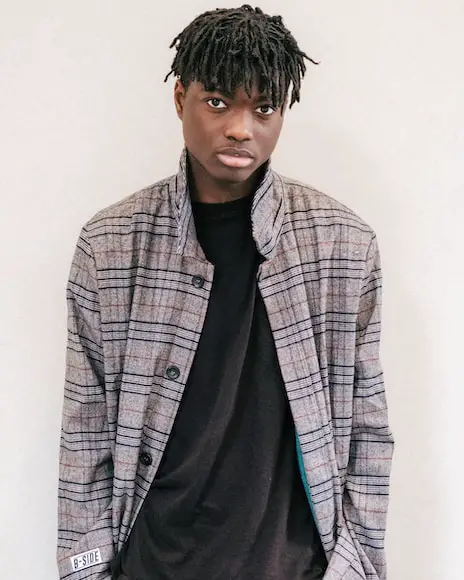
Puffy ends can result from hair damage, new growth, or not maintaining a proper retwisting routine. T
o keep your locs’ ends neat, trim any damaged hair and maintain a consistent retwisting schedule.
Why your starter locs are puffy
Starter locs can be puffy due to new growth, hair texture, and the initial locking process.
As your hair begins to mature and lock, the puffiness should decrease. Be patient and continue to maintain a proper loc care routine.
Dreads puffy in the middle: here’s the reason
If your dreads are puffy in the middle, it could be due to inconsistent maintenance, hair texture, or uneven hair growth.
To address this issue, ensure that you are maintaining a consistent retwisting routine and separating your locs evenly.
Dreads puffy after retwist
Dreads may become puffy after a retwist if the retwisting process is not done correctly or if there is product buildup in the hair.
To prevent puffiness after retwisting, use minimal product and ensure that you are using the proper retwisting technique for your hair type.
Is puffy loc bad and how to fix them
While puffy locs are not inherently bad, they may indicate a need for better loc maintenance. To fix puffy locs:
- Establish a consistent retwisting routine.
- Separate your locs properly to prevent matting.
- Use minimal hair products and ensure they are washed out properly.
- Protect your locs from humidity and other environmental factors.
Different stages of locs and changes you’ll see
Locs go through several stages as they mature:
- Starter locs: The initial stage when locs are first installed. Hair may be puffy and loose.
- Budding: Hair begins to tangle and form knots, leading to the development of buds along the locs.
- Teenage stage:Locs become tighter and more defined during the teenage stage. They may shrink in length and become more rigid, but puffiness may still be present.
- Mature stage: Locs are fully formed, with a cylindrical shape and minimal puffiness. They are firmly locked and require less maintenance.
- Rooted stage: The final stage where locs have reached their maximum length and thickness. The roots are well-established, and the locs are less prone to puffiness.
As your locs progress through these stages, you’ll notice changes in their appearance, texture, and maintenance requirements.
Patience and consistent care are essential for maintaining healthy and neat locs throughout their growth journey.
Conclusion
Balls at the end of locs can be a result of hair shedding or the sealing process during the maturation of locs.
While these formations may cause some concerns, understanding their reasons and proper maintenance can help you keep your locs healthy and strong.
Keep an eye out for common loc problems and signs of unhealthy locs to ensure your dreadlocks remain in top condition.
